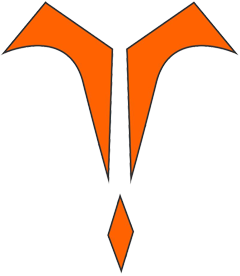Case Report of a Patient Who Underwent Supercharge end-to-side (SETS) Transfer for Proximal Ulnar Nerve Injury Using AIN (Anterior Interosseous Nerve) Motor Branch
DOI:
https://doi.org/10.54306/SSCD.2022.196Keywords:
Ulnar supercharge, ulnar nerve, proksimal ulnar nerve injury, nerve transfer, end-to-side superchargeAbstract
If proximal ulnar nerve injuries are not intervened, it usually leads to irreversible and negative consequences. It results in motor and sensory defects in the areas innervated by the ulnar nerve and weakness in the intrinsic muscles of the hand. In patients with irreversible ulnar nerve damage due to cubital tunnel syndrome that have been left untreated for a long time, or proximal ulnar nerve injuries due to other reasons, the SETS method can restore especially the intrinsic functions of the hand.
In this article, a patient with ulnar nerve damage that developed after benign tumor resection in the vicinity of the ulnar nerve, and the SETS operation and its results, which was performed for a patient whose ulnar functions did not return despite being followed with EMG for 1.5 years, are presented.


